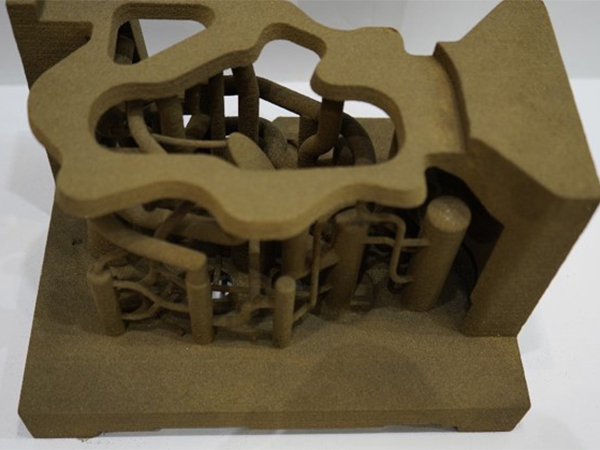Lost Foam Casting Method An Innovative Approach to Precision Casting
Lost foam casting is a modern and innovative manufacturing process that combines the benefits of traditional sand casting with advanced techniques to produce high-quality metal parts with intricate designs. This method, developed in the 1970s, employs foam patterns to create molds, differentiating it from conventional casting processes and offering several distinct advantages.
The lost foam casting process begins with creating a pattern from polystyrene foam, which resembles the final product. This foam pattern is coated with a fine layer of sand mixed with a bonding agent, typically sodium silicate or water glass. The pattern is then slightly heated to allow the bonding agent to set, creating a rigid mold shell. Once the coating hardens, the foam pattern is exposed to heat again, causing it to vaporize completely—hence the name lost foam. The resulting cavity within the sand mold is filled with molten metal, which takes on the shape of the original foam pattern, creating a precise replica of the intended part.
Lost Foam Casting Method An Innovative Approach to Precision Casting
Another notable benefit of lost foam casting is its ability to minimize waste. The process generates minimal scrap metal since the foam pattern is completely vaporized, and the molded sand can often be reused in subsequent castings. This sustainability aspect is increasingly important in today's manufacturing environment, where companies are striving to reduce their environmental impact and enhance their resource efficiency.
lost foam casting method

Additionally, lost foam casting has excellent dimensional accuracy. The process allows for precise reproduction of the foam pattern, ensuring that the final metal part meets the required tolerances and specifications. This precision is particularly advantageous in industries such as aerospace, automotive, and machinery manufacturing, where even slight variations can have significant consequences on performance and safety.
Furthermore, lost foam casting is highly adaptable to various materials, including aluminum, iron, and bronze. This versatility enables manufacturers to select the best material for their specific application while leveraging the benefits of the lost foam casting process.
Despite its advantages, lost foam casting also has some limitations. The initial setup cost can be relatively high due to the need for creating foam patterns and specialized equipment. However, for high-volume production, these costs can be offset by the efficiency gained in subsequent runs. Moreover, the process may not be suitable for very large parts or those requiring extremely high strength, as the foam patterns can be fragile and limited in size.
In conclusion, lost foam casting represents a progressive advance in metal casting technology. Its ability to produce complex shapes with high precision while minimizing waste makes it an attractive option for many manufacturers. As industries continue to look for innovative and sustainable manufacturing solutions, the relevance and application of the lost foam casting method are likely to expand, solidifying its place in the realm of advanced manufacturing techniques. By embracing this innovative approach, manufacturers can enhance their competitive edge and meet the increasingly demanding expectations of their customers.
Post time:Th11 . 26, 2024 23:51
Next:Innovative Techniques for 3D Printing with Sand in Modern Manufacturing
